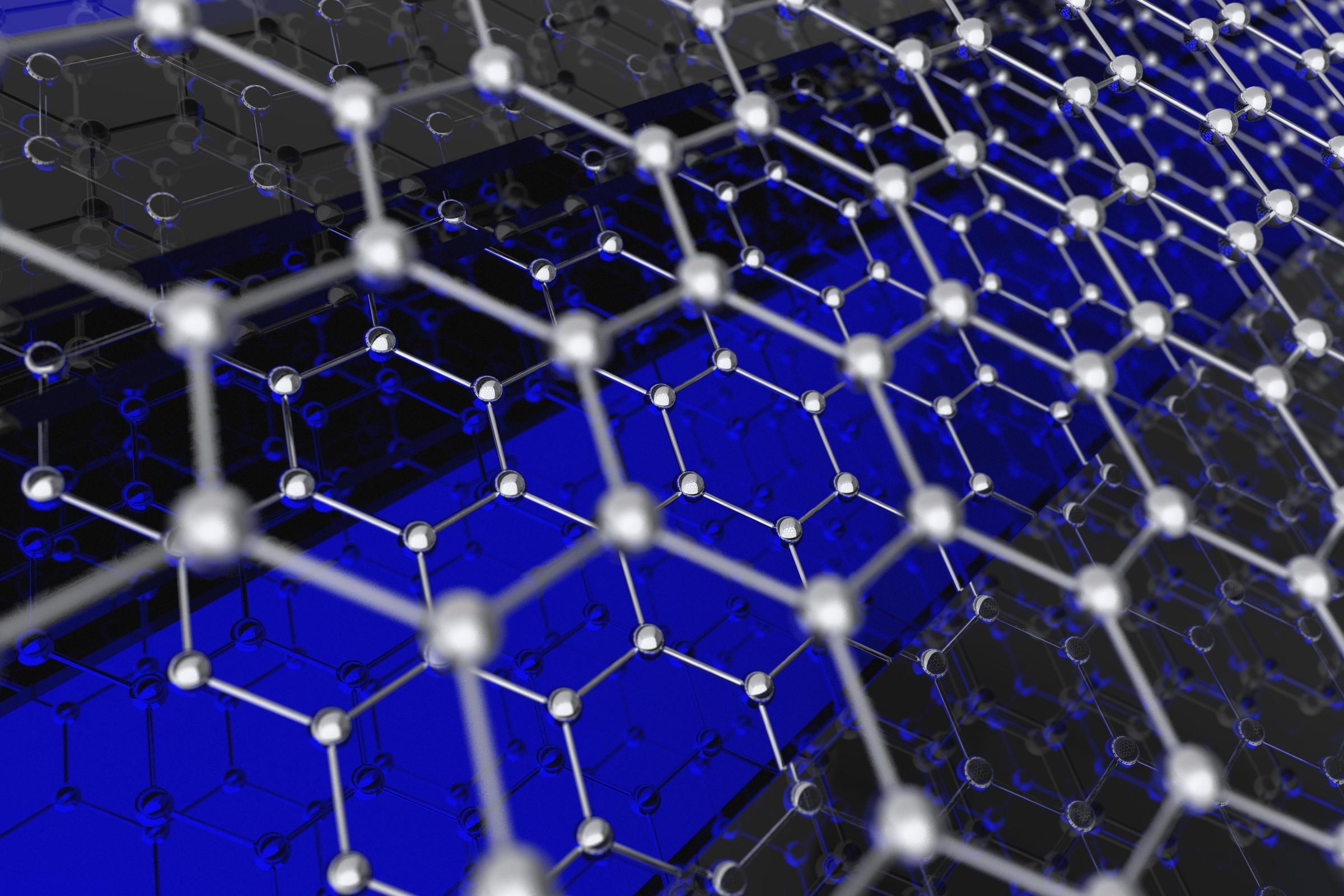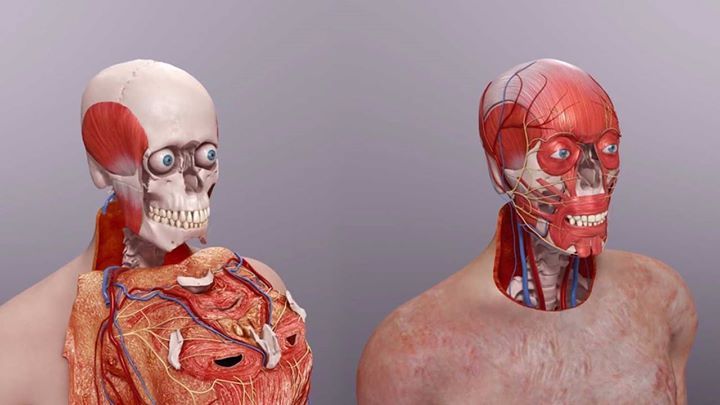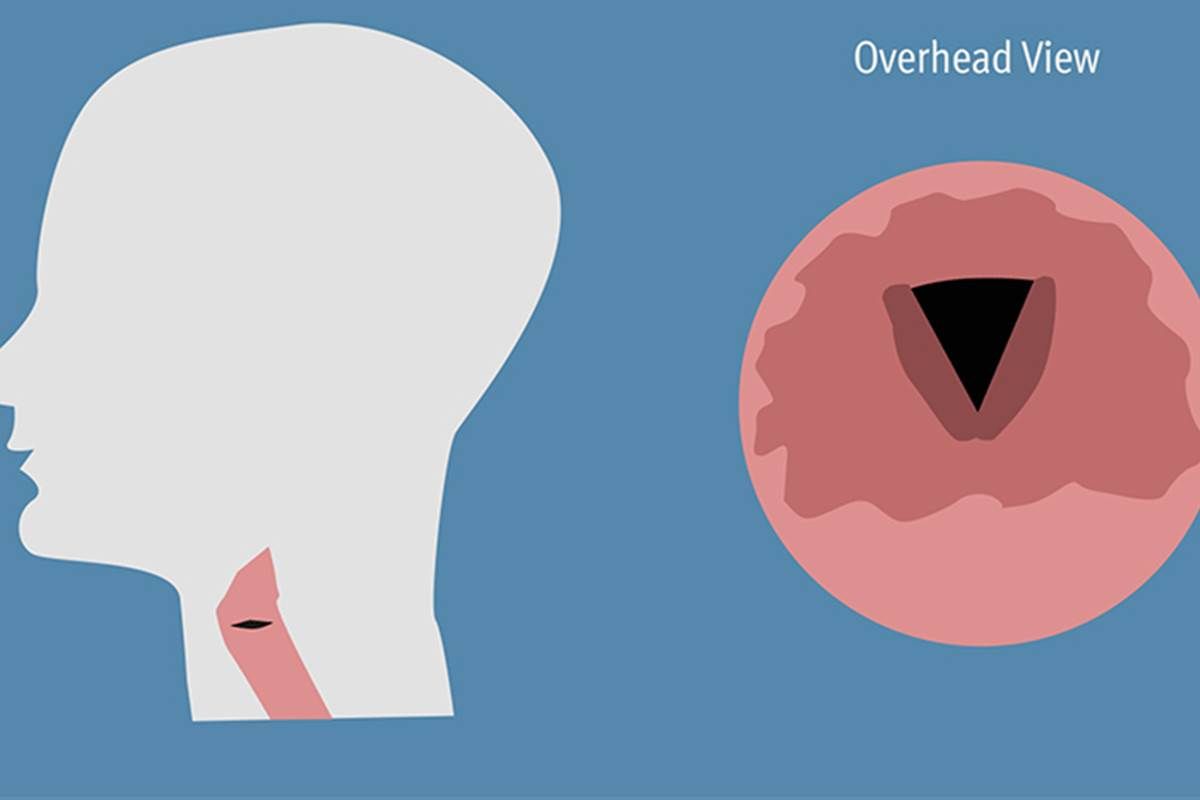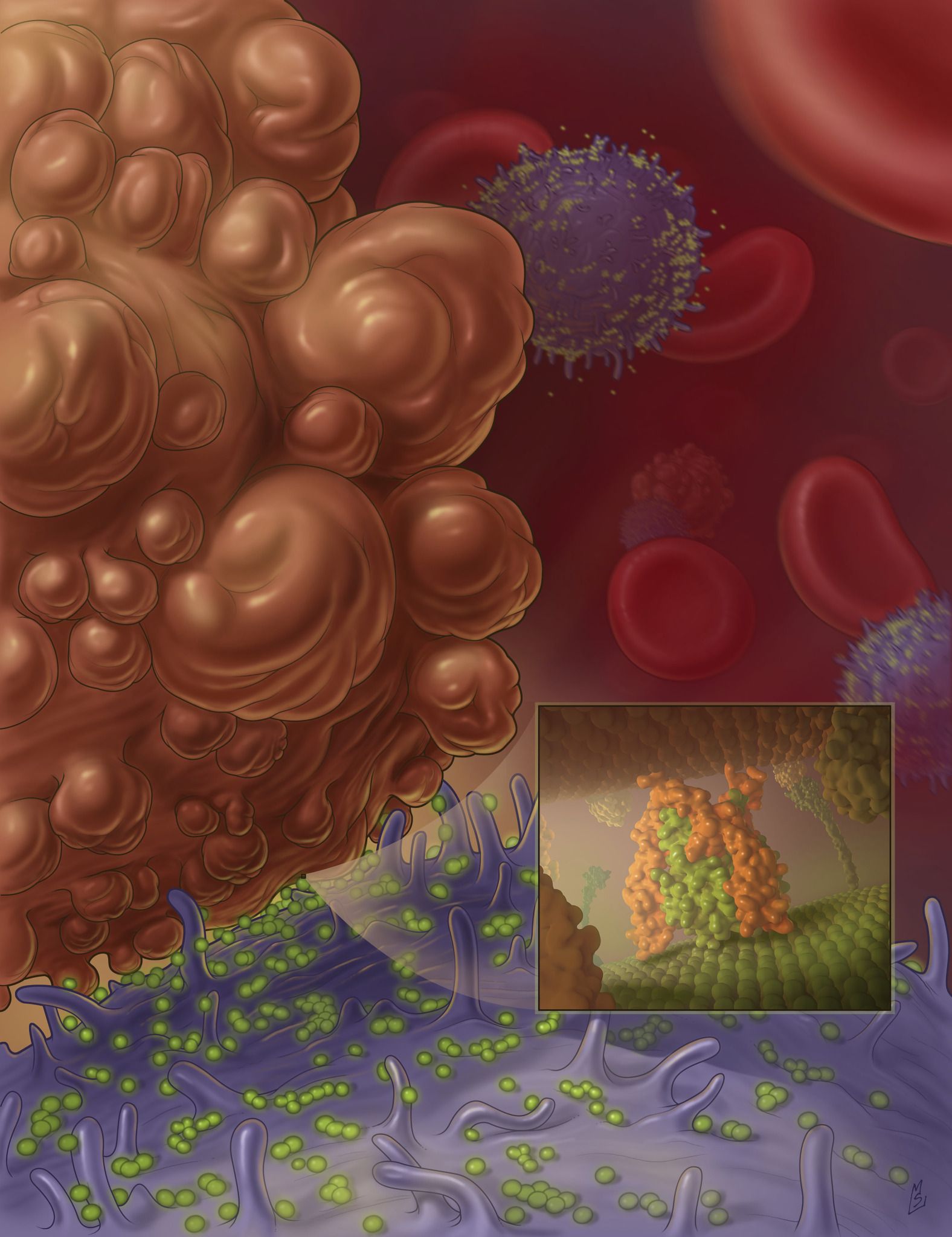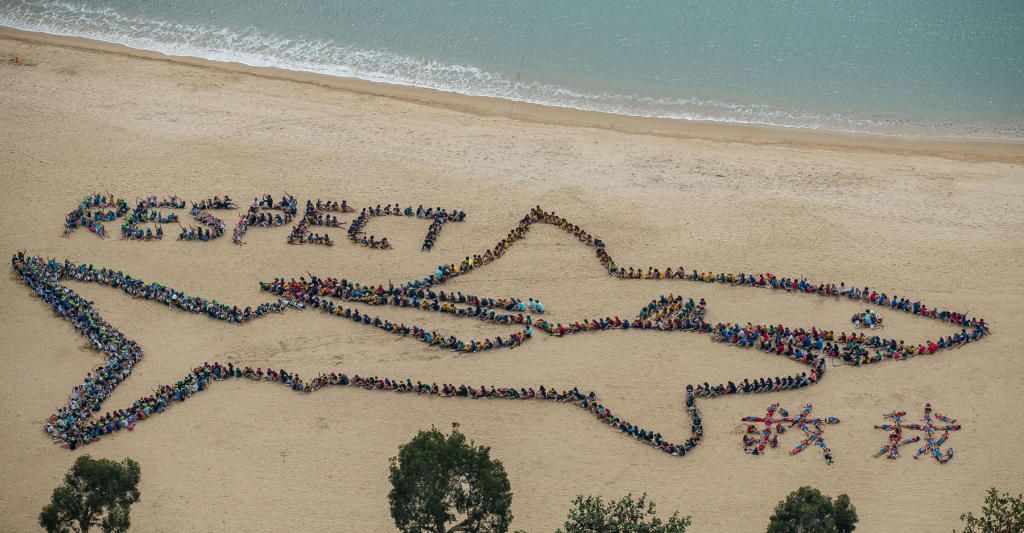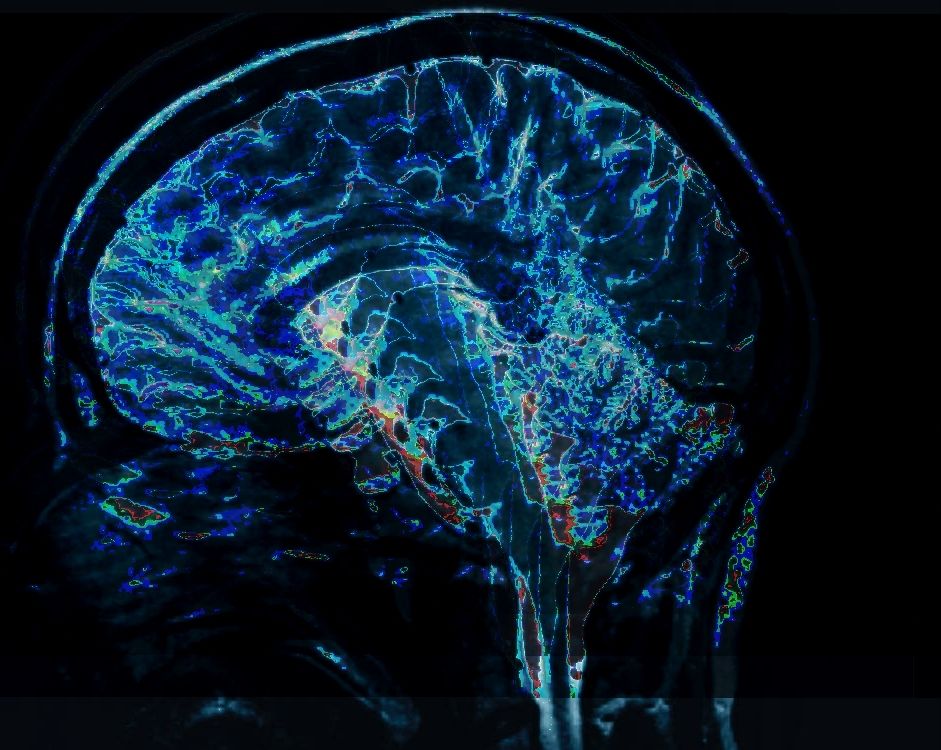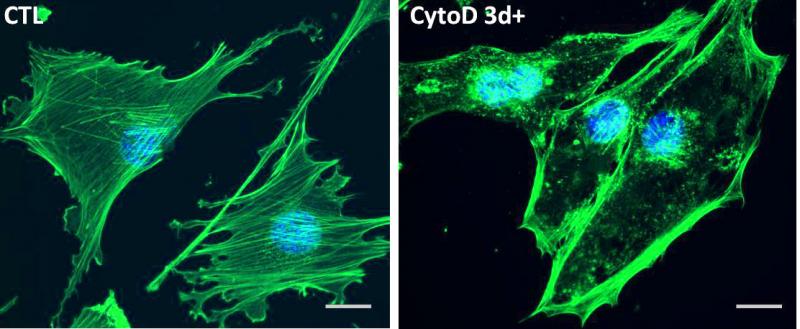Nov 19, 2015
Breakthrough! Glasgow scientists discover a cheap way to produce the wonder material graphene
Posted by Julius Garcia in categories: biotech/medical, cyborgs, materials, mobile phones
It has been hailed as a wonder material set to revolutionise everyday life, but graphene has always been considered too expensive for mass production – until now.
Scientists at Glasgow University have made a breakthrough discovery, allowing graphene to be produced one hundred times more cheaply than before, opening it up to an array of new applications.
First isolated in 2004, the miracle material can be used in almost anything from bendable mobile phone screens to prosthetic skin able to provide sensation.
